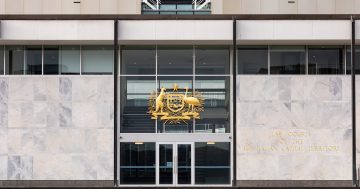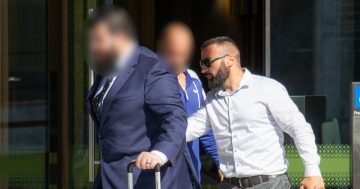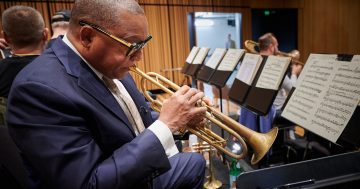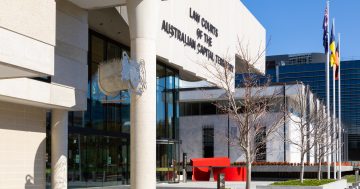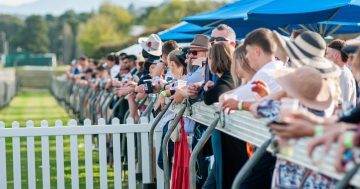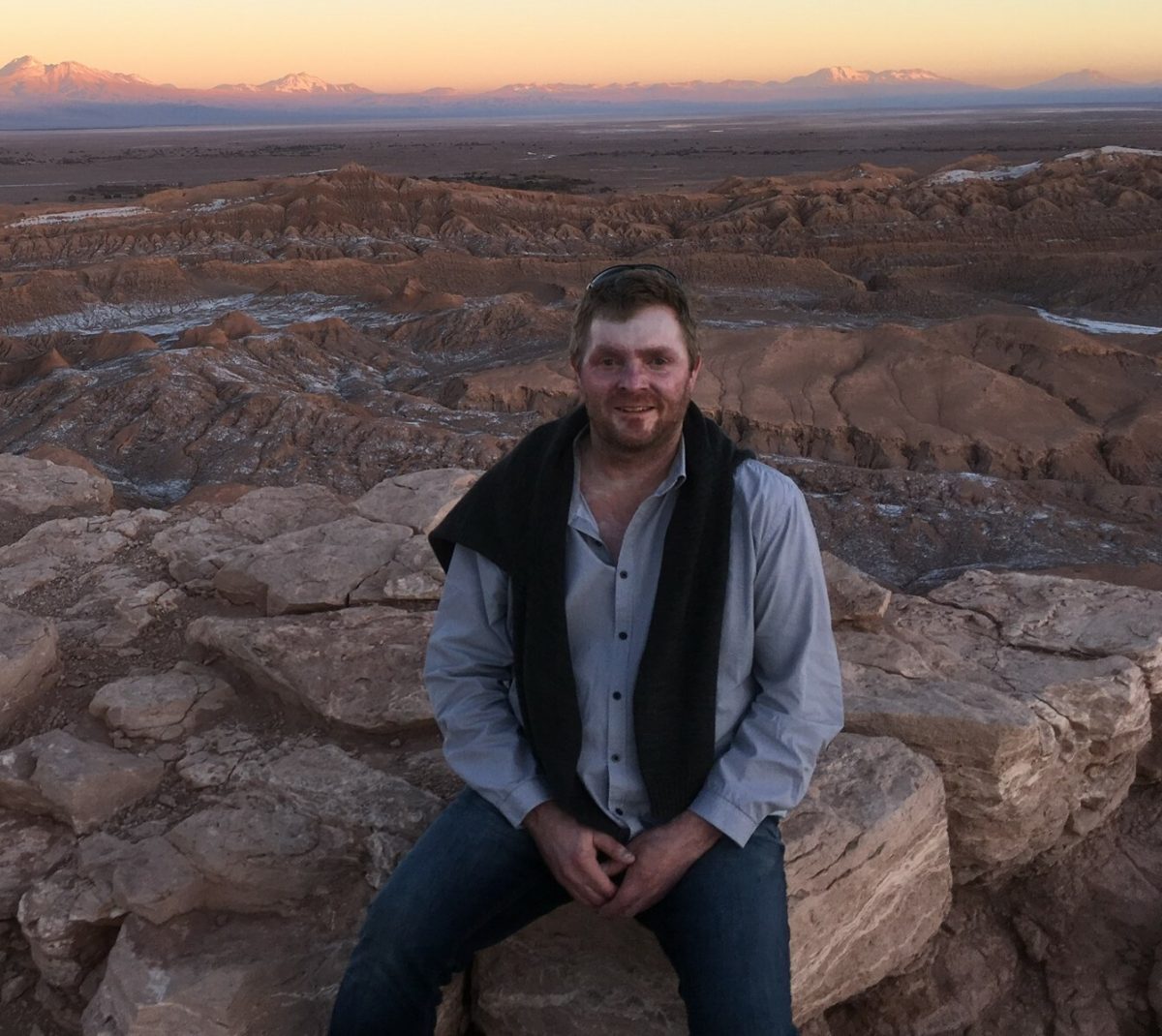
John Weeks didn’t want to write another “survivor story”. He wanted to compile a book that told of his near-death experience in the hope it would help others. Photo: Andrew Holt Photography.
Unless you’ve gone through it yourself, no-one knows what it’s like to really experience trauma.
No-one knows how it feels for your life to flash before your eyes. To think of all the things you wished you’d done, or said to people you love. No-one, not even the doctors and nurses who carry you through it, can know.
But John Weeks does. Only too well.
It was May 2014 and he was living the good life. A wine consultant, he was travelling Australia and the world. Returning from the Barossa Valley to Adelaide, the mobile charger in his car sparked suddenly and ignited fumes from a petrol can.
John remembers the explosion, the noise and a roll of yellow flame coming towards him. He also remembers, somehow, managing to stop the car, jumping out and rolling onto the ground to try to quell the fire. He looked down only to find himself engulfed in flames.
Fortunately, there was water in a ditch nearby and he managed to crawl in to try to douse the flames. He was also lucky that there were people nearby who rang the ambulance. And that’s about the last thing he remembers. He came to, about a month later, to hear the words, “Welcome to the burns ward”.
With 75 per cent of his body burnt in the accident, Royal Adelaide Hospital staff had placed him in an induced coma.
Today, almost 10 years after the accident that almost claimed his life, John Weeks is travelling the countryside, believing that if he was lucky enough to survive such a trauma, the least he can do is help others going through similar grief.
He also wanted to spread the word about being the world’s first burns recipient to receive NovoSorb, a revolutionary new medical treatment for skin regeneration.
John has written a book, Living Without Fingerprints – A Point in Time, a biographical account of some of the lessons he learned along the road to recovery.
“I use photos to bring together some of the encounters I’ve had along the way with some of the lessons I’ve learned,” he said. “Many of these experiences have happened at a specific point in time and I have selected a photograph from my travels that represents that.”
If he has a message, it’s to get the discussion going about mental health and resilience.
“I dedicate the book to all those people who carry scars, visible and invisible,” he said.
“I’ve spoken to many other burns survivors because it’s important to speak to people who really know what you’ve gone through. The doctors and nurses have been brilliant, but they haven’t actually gone through it.
“When you go through a trauma, you really feel alone, you feel that no-one else has gone through it. But you have to do it yourself; if you don’t, I don’t know who else will.
“In the early days, you go through a lot of dark places. Your mind goes crazy … you wonder, ‘What do I look like’ because, in the burns ward, there are no mirrors.”
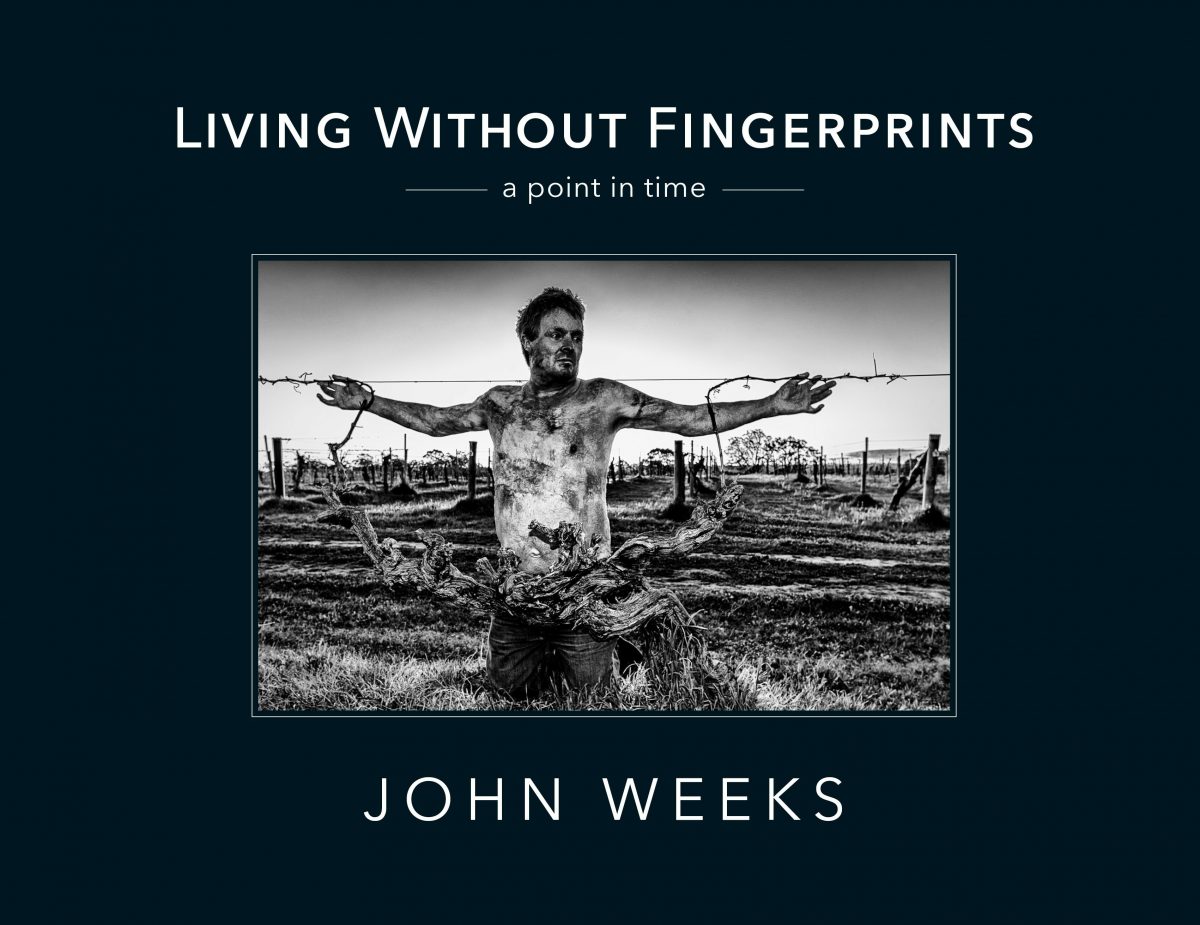
John Weeks has used photography, and his own experiences as a burns survivor, to help others get through the trauma. Photo: Andrew Holt Photography.
John said his incentive to heal, to start living life again, was to give back. To write the book and to travel the country talking to people, to encourage those experiencing trauma that they’re not alone – and why they should keep going.
“I didn’t want this to be another ‘survivor story’ so I made it more like a diary – using photographs.
“I’ve always been interested in photography but this was a light-bulb moment for me, using photos to tell the stories to add emphasis, there’s nothing like it.”
John will speak at several free events in Canberra soon. He’ll be at the Griffith Community Hall on Tuesday, 28 February, and Saturday, 4 March, at midday. He will also be at the Dickson Library on Friday, 3 March, at 6 pm and the Woden Library on Saturday, 4 March, at 2:30 pm. Bookings: 0401 276 121.
His book, Living Without Fingerprints – A Point in Time, will be available for purchase at the talks, with part of the proceeds going to charities associated with burns patients.












